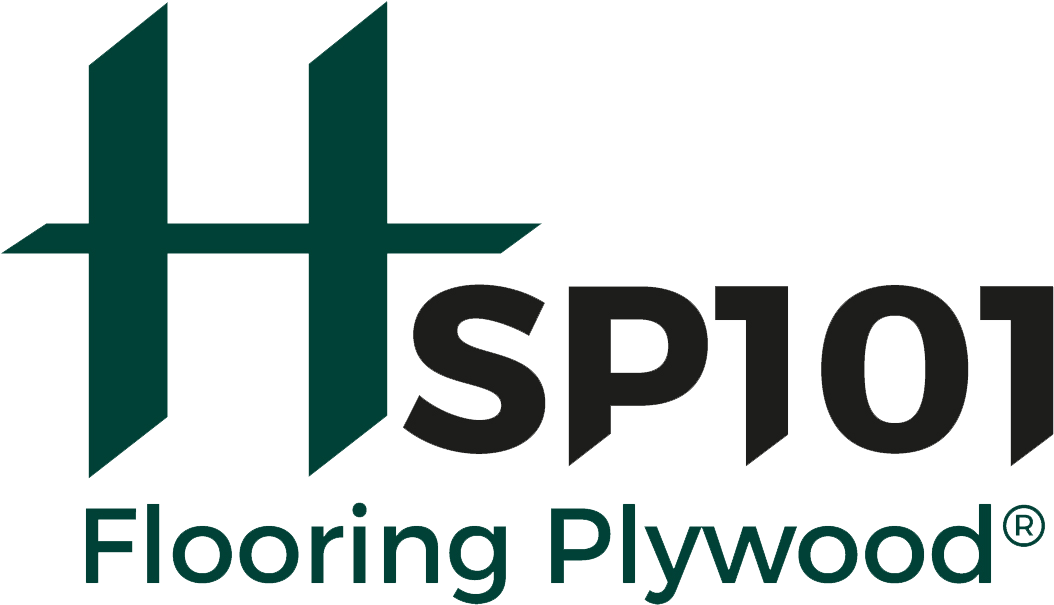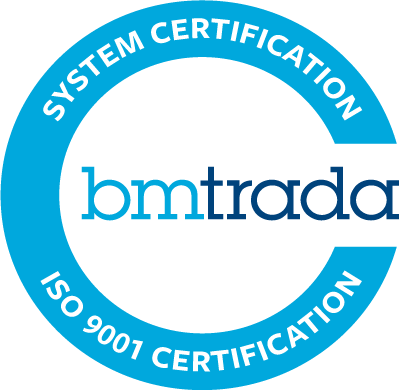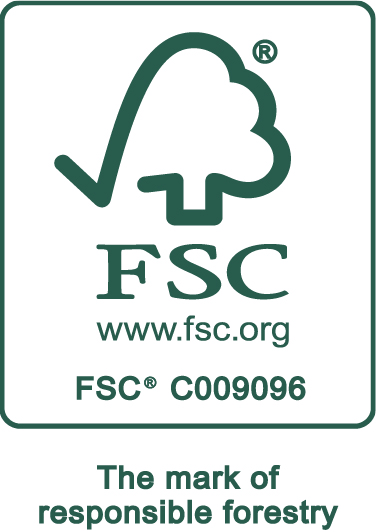Fire Retardant Poplar Plywood- Pangua-Fire
Fire Retardant Poplar Plywood (or Pangua-Fire) refers to poplar plywood that is impregnated with a fire resistant chemical solution.
This process uses a vacuum pressure chamber to force the solution to permeate deep into the very fibre of the timber, offering consistent fire protection throughout the entirety of the panel.
Panguaneta’s Fire Retardant product meets the requirements of Euroclass B and is suitable for interior applications in public buildings, construction, offices, schools, hotels and other applications that require safe and adequate protection in the event of a fire.


















